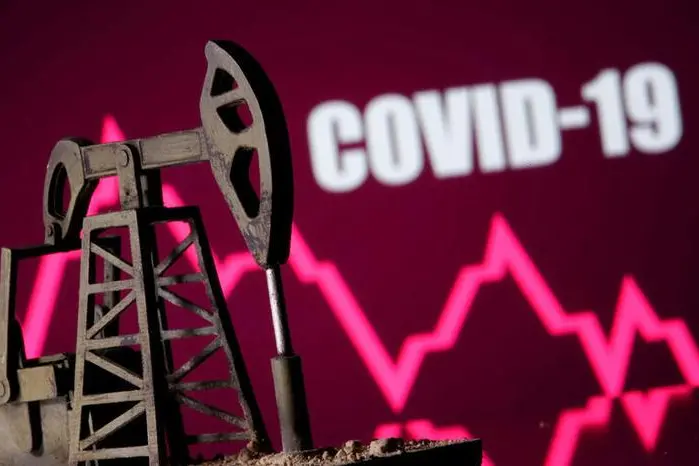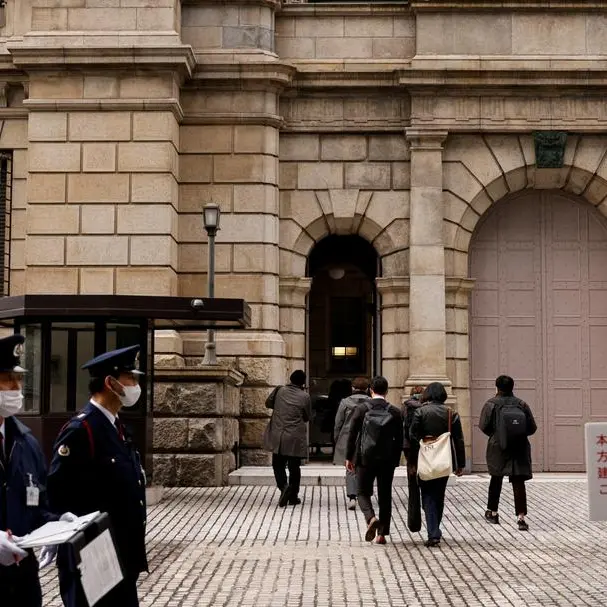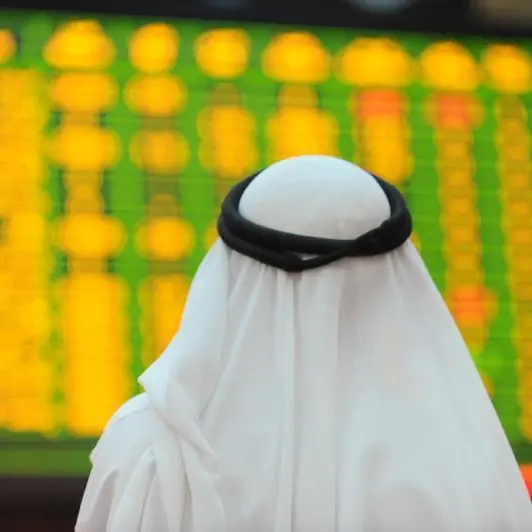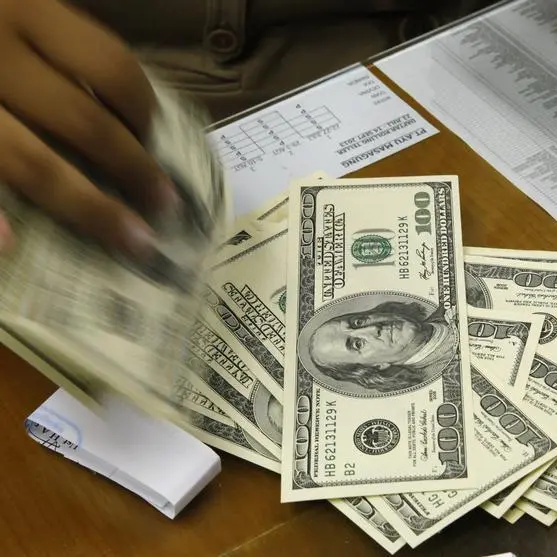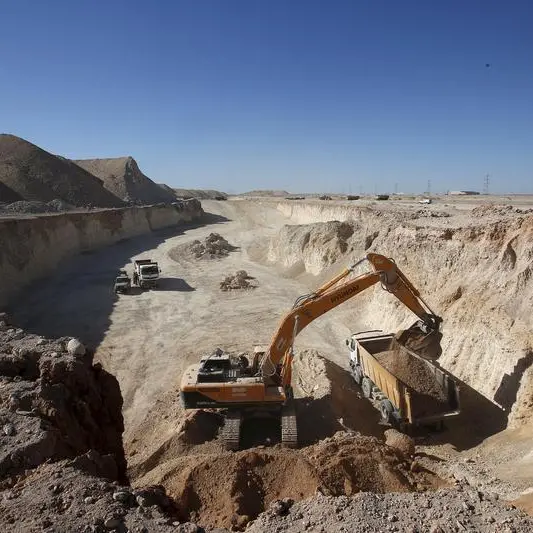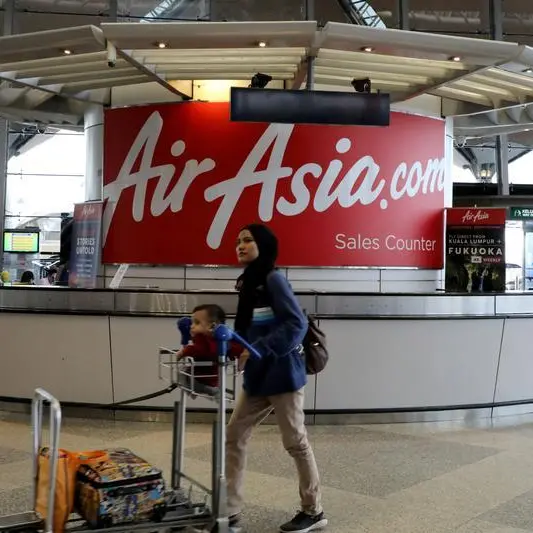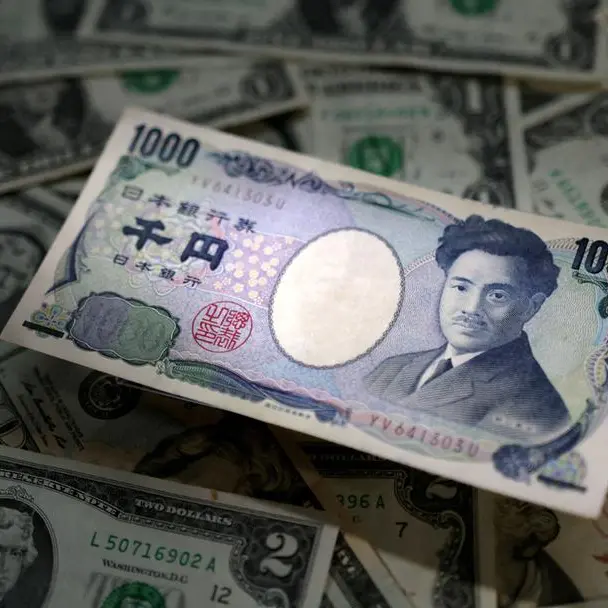PHOTO
Improving mobility due to the massive COVID-19 vaccination campaign, in addition to economic growth and other strong macro tailwinds, may bode well for oil prices this year, according to a recent analysis by Bank of America (BofA).
Economists at the bank have estimated that the world GDP is set to rise by 5.8 percent in 2021 and expand further by 4.5 percent in 2022. This, coupled with other factors, such as inflation, monetary easing and a weaker US dollar, could mean that oil prices will appreciate.
“A steady distribution of effective vaccines suggests that cyclical real and financial assets like oil should perform strongly into 2021,” BofA said.
“Big macro drivers – including a weaker US dollar, inflation and monetary easing- all point to higher oil prices in 2022.”
Brent crude has so far posted a relatively modest recovery, barely breaking $70 per barrel a couple of times this year. Global oil demand remains at 95 million barrels per day, or below 4 percent the seasonal pre-COVID level of 2019, and the OPEC+ group still holds plenty of spare productive capacity.
“Both of these factors could soon change... While COVID-19 surge in India has depressed mobility, the link between COVID-19 cases and fuel consumption is starting to break down around the world,” BofA said.
The bank noted that workplace mobility is now picking up, thanks to the global vaccination campaign.
“Despite a resurgence in COVID-19 cases in countries like Chile, the UAE or Bahrain (nations with some of the highest vaccination levels in the world), hospitalisation and death rates have stayed low,” it said.
Between 2021 and 2023, global Brent crude demand is forecast to grow by more than 9 million barrels per day, the fastest since the 1970s.
Vaccine rollouts are brightening the outlook for global oil demand, the International Energy Agency (IEA) said in its monthly report in April.
“Fundamentals look decidedly stronger. The massive overhang in global oil inventories that built up during last year's COVID-19 demand shock is being worked off, vaccine campaigns are gathering pace and the global economy appears to be on a better footing,” the IEA said in its monthly report.
Oil-exporting countries were impacted by the fall in demand for oil as a result of the coronavirus pandemic last year. In April 2020, oil prices turned fell below zero for the first time in history, tumbling from $18 per barrel to -$38.
(Writing by Cleofe Maceda; editing by Seban Scaria)
Disclaimer: This article is provided for informational purposes only. The content does not provide tax, legal or investment advice or opinion regarding the suitability, value or profitability of any particular security, portfolio or investment strategy. Read our full disclaimer policy here.
© ZAWYA 2021